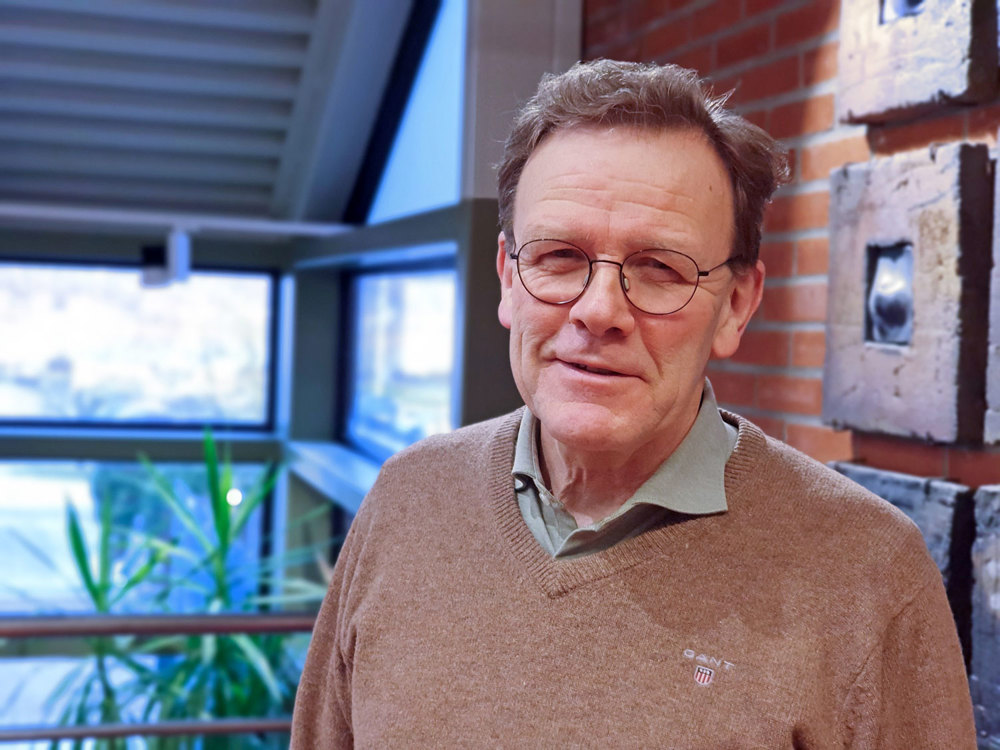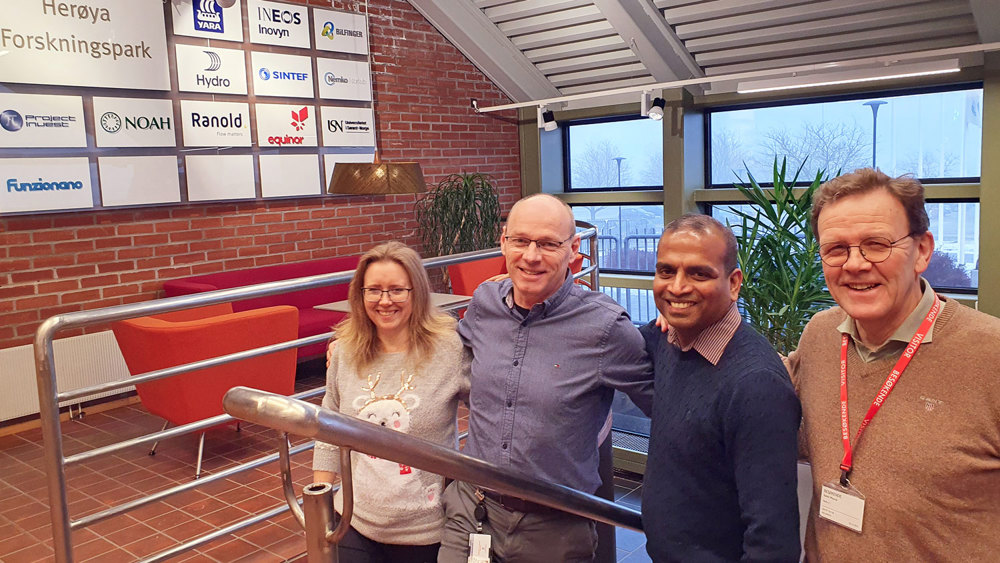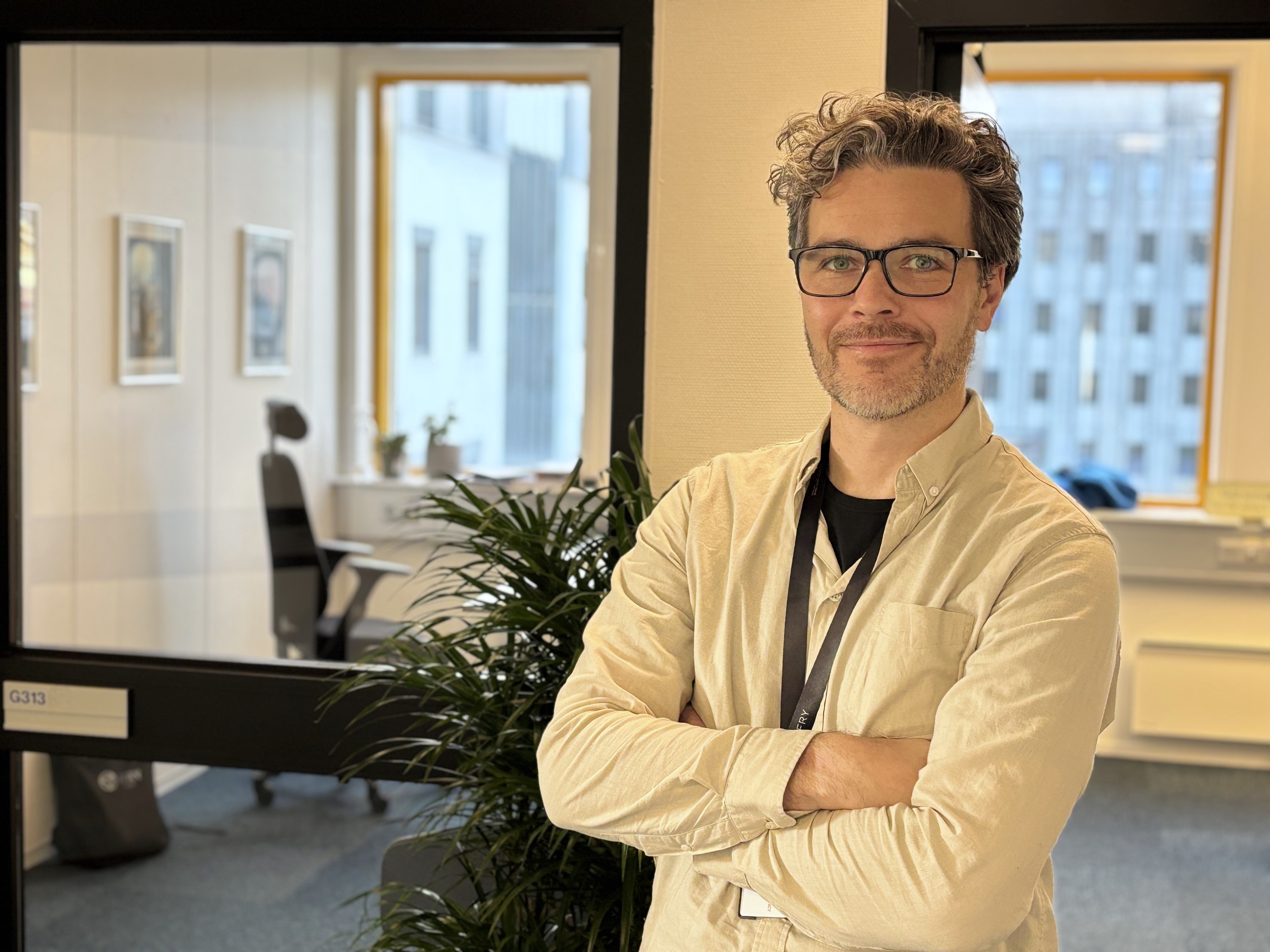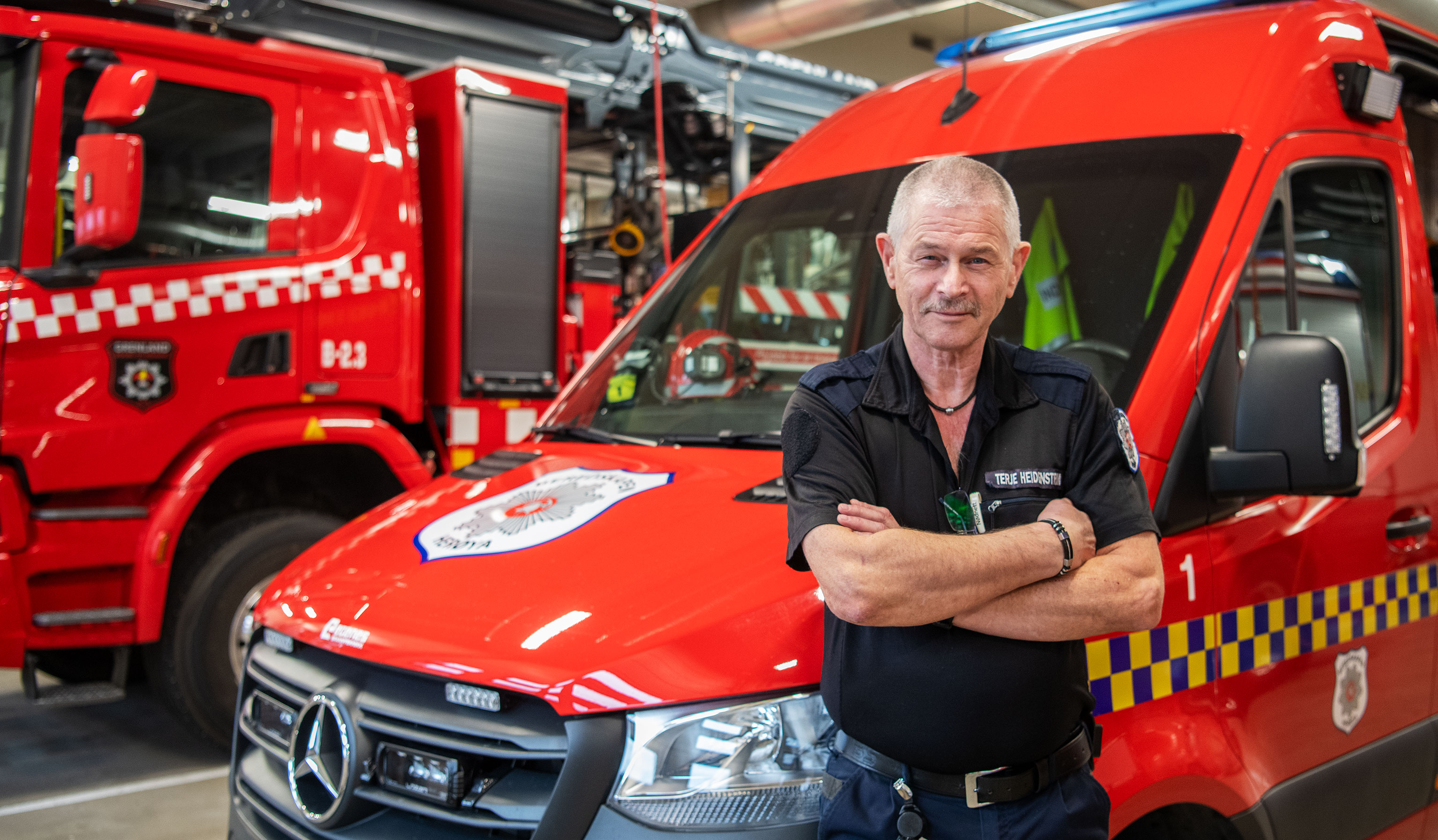The Grenland Industrial Carbon Capture and Storage (GICCS) project, with 15 partners in industry, technology, and research, has now developed knowledge and potential solutions to reduce over one million tonnes of CO2 emissions in Grenland. GICCS is led by Powered by Telemark.
"We have found that it is possible to capture, separate, and deliver 1.2 million tonnes of CO2 for storage from process industry companies in Grenland, beyond ongoing projects," says Magnar Bakke, project manager in GICCS.
More knowledge acquired
GICCS focuses on emissions beyond the two ongoing CO2 projects in Grenland. At Heidelberg Materials in Brevik, CO2 will be captured and stored through CCS Norway Langskip. Additionally, Yara in Porsgrunn has plans for CO2 reduction through electrification and green ammonia production.
"The parties involved in GICCS now have much more specific knowledge about the number of tonnes of CO2, available energy, and possible solutions," he says.

Four major industrial companies, INEOS O&P and INEOS Inovyn at Rafnes, Eramet at Herøya, and Heidelberg Materials in Brevik, are involved in the project, along with SINTEF, the University of Southeast Norway (USN), and several supplier companies. For two years, the parties have explored possibilities to find common solutions for capturing CO2 emissions from industrial plants.
The project, costing just over 11 million NOK, is funded by Gassnova through the Climit program and the companies, with a 50% contribution from each.
Triggered the next step
The goal of GICCS was to explore opportunities to develop common solutions for capturing CO2 emissions from the industry. Now, the companies have an overview, and the challenges are on the table.
"The companies face different challenges, and even if a common solution is not chosen, the GICCS project has shown that it is possible. This project has triggered the companies to consider whether it is wise to connect to a common solution or if they should explore other solutions, individually or together," says Bakke.
Optimistic
"How do you see the way forward?"
"I am optimistic; we can achieve this. We see that it is feasible. If the companies INEOS O&P, INEOS Inovyn, and Eramet decide to go for CO2 capture plants themselves, that's also good.
But what will be common for everyone is the logistics after capture, with compression and tank facilities where ships can collect liquid CO2, and the permanent storage of CO2. Tanks and pipelines to Brevik or to Herøya can then become a common facility. Regardless of which solution the companies choose for capturing and stripping CO2, the logistics is something that everyone may be interested in examining more closely.

Investment needs
Magnar Bakke and the GICCS team from SINTEF believe that the likelihood of concrete investments in the coming years is significant.
"Increasing CO2 taxes will increase the need for CO2 capture and make it more attractive for the industry to invest in CO2 capture plants in the future," says the GICCS team. "The driver is the EU and CO2 taxes that become so high that it makes sense to invest in CO2 plants. And if we are to achieve climate goals in time, we must reduce CO2 emissions."
About GICCS
- Grenland Industrial Carbon Capture and Storage (GICCS) - an opportunity to reduce CO2 emissions.
- The project's goal is to investigate the possibility of establishing a common solution for the capture and storage of CO2 from the industry in the region.
- Cost 11 million NOK funded by Gassnova through the Climit program and partners 50/50.
- Project owner Powered by Telemark. Partners: INEOS O&P (Olefins & Polymers), INEOS Inovyn, Eramet, Heidelberg Materials, Herøya Industripark AS, Pipelife, Bluegreen Fusion, Nippon Gasses, Nordic Electrofuel, Norsk E-fuel, Bouvet, Industrial Process Design, and the University of Southeast Norway.
- In summary, the GICCS project is a crucial initiative to reduce industrial CO2 emissions in Grenland. The project has already contributed to increasing knowledge about the possibilities of CO2 capture and storage in the region, and it is likely to lead to concrete investments in the coming years.
24. January 2024




